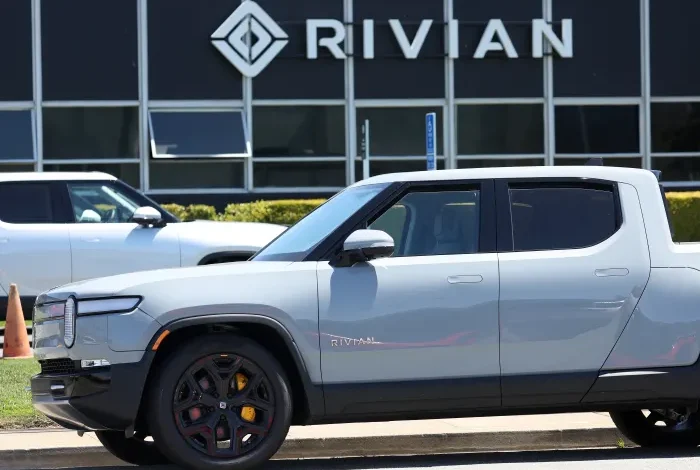Rivian Automotive (RIVN) experienced a decline of approximately 4% on Friday following the announcement that it has revised its full-year production guidance downward, the Street reports.
The electric vehicle manufacturer now anticipates producing between 47,000 and 49,000 vehicles for the year, a decrease from the previously reaffirmed target of 57,000 units set in August. The revision is attributed to a component shortage impacting its R1 and RCV platforms, which the company noted began in the third quarter and has worsened in recent weeks.
Despite the production cut, Rivian is maintaining its annual delivery target, projecting a modest growth in deliveries of low single digits compared to 2023. The company expects to deliver between 50,500 and 52,000 vehicles this year.
In the third quarter, Rivian produced 13,157 vehicles and delivered 10,018. To date in 2024, it has produced 36,749 units and delivered 37,396 units. In contrast, Tesla remains a dominant player in the electric vehicle market, delivering 462,890 vehicles in the third quarter, marking a 6% year-over-year increase.
Looking ahead, Rivian is set to release its third-quarter financial results on November 7, 2024. In the second quarter, the company surpassed Wall Street’s expectations with a smaller-than-anticipated loss of $1.13 per share and reported automotive revenue of $1.16 billion. For the year, Rivian had projected a loss of $2.7 billion in adjusted EBITDA and $1.2 billion in capital expenditures, while aiming to achieve positive gross margins by the fourth quarter of 2024.
In efforts to improve its financial position, Rivian has implemented cost-cutting measures. CEO RJ Scaringe mentioned during an investor day event in June that the company is targeting a 20% reduction in material costs for its current vehicles and a 45% reduction for its upcoming “R2” models.
Analysts remain cautious following Rivian’s production update. On October 4, Truist reaffirmed its “hold” rating and $16 price target for the stock. The analyst pointed out that Rivian’s production and delivery figures for the third quarter fell short of consensus estimates by 10% and 15%, respectively. Furthermore, the analyst expressed skepticism about Rivian’s goal of achieving positive gross margins, stating that it now seems unlikely unless the component shortage improves soon.
As of October 4, Rivian’s stock was trading around $10.44, reflecting a decline of over 50% year-to-date.









The latest news in your social feeds
Subscribe to our social media platforms to stay tuned